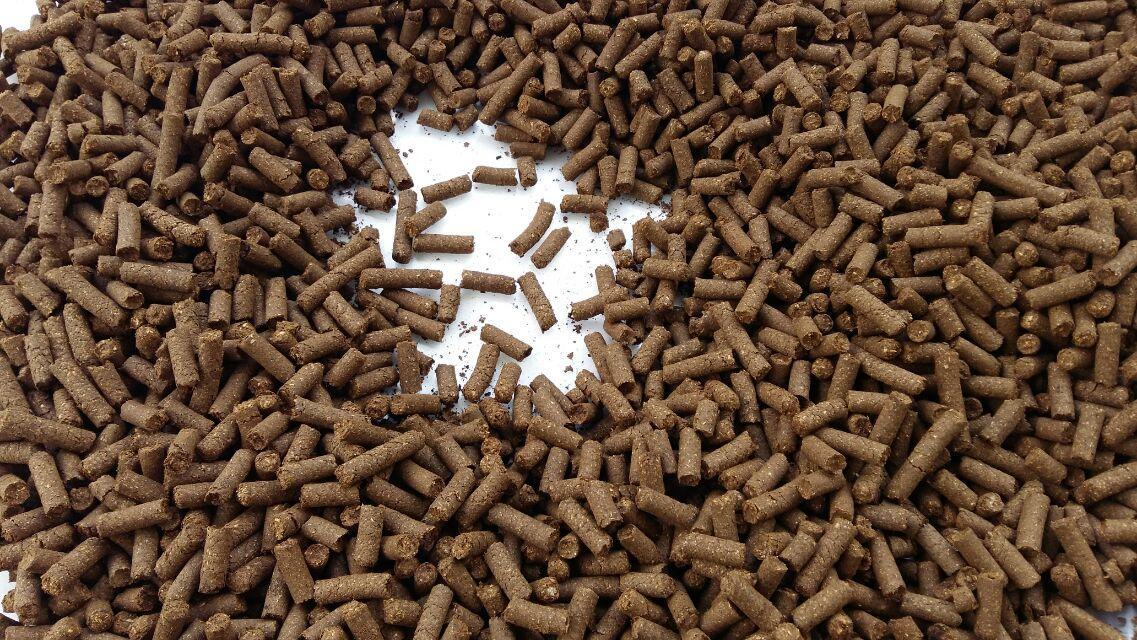STMP-Sodium Trimetaphosphate application in L-Ascorbate-2-Monophosphate product
STMP-Sodium Trimetaphosphate application in L-Ascorbate-2-Monophosphate production processing
Sodium trimetaphosphate can be made with Vc esterification of sodium Vc-2-trimetaphosphate. Vc, also known as L-assogenic acid, is one of the essential nutrients for animal growth and participates in various metabolisms in organisms. Vc is an important nutrient for humans, primates, and fish and shrimp shell aquatic animals, and when Vc is lacking, it affects the formation of connective tissue, leading to bone dysplation and other diseases.
Livestock, especially fish, shrimp and other aquatic animals can not be synthesized or synthesized less than their physiological metabolism required Vc, so it is necessary to add Vc in the appropriate amount of feed. However, the active ene glycol structure in the Vc molecule is susceptible to light, heat, oxygen, humidity, temperature, metal ions affected by rapid decomposition and a large number of losses, so that Vc effective utilization rate is reduced, so Vc in the separate use as an aquatic feed additives, in the feed granulation and storage process is 80% to 98% destroyed, so in the feed added process need to add more amounts and make the cost increase. Sodium triphosphate and Vc esterification reaction can be made of sodium Vc-2-triphosphate, not only has the effect of vitamin C, but also overcomes the vitamin C is susceptible to light, heat and metal ions and other oxidation shortcomings.
As a feed additive in the feed processing and storage process, air, heat, water, etc. have good stability, and other feed additives have a good matching. After animal use, under the catalytic action of phosphatase in the body, polymerized phosphate will be interpreted by water one by one, and then form L-assophate-2-depphosphate (AsDP) and L-assophate-2-monophosphate (AsMP), to the last phosphate group off, L-assophate is freed from the animal body biological activity.



